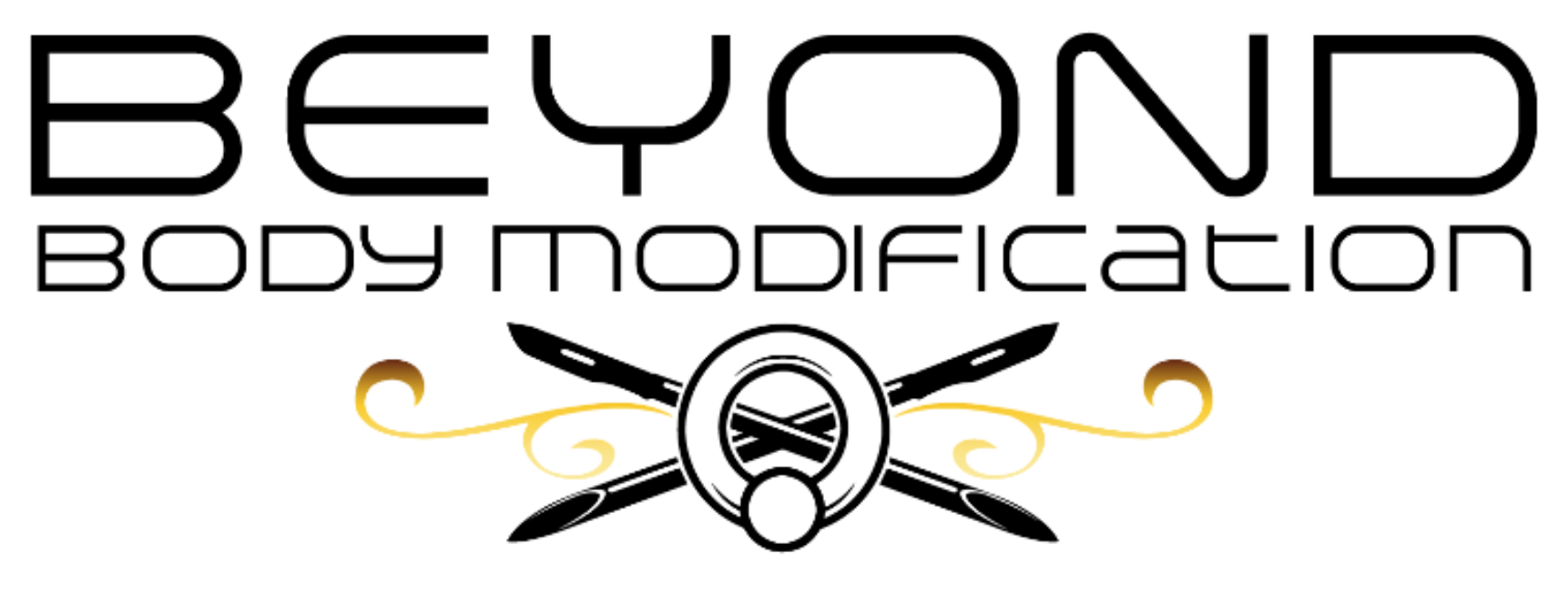Scarification

Scarification is the systematic wounding of the skin to control the formation of scars for an artistic and aesthetically or spiritually beneficial result. Scarification is often misconstrued as self-harm, however this is incorrect, as the purpose of scarification is to create a visually pleasing image, using scars as the artistic medium. Whereas self-harm is an individual harming themselves for idle reasons or for the purpose of the transference of their emotional pain into something physical as a coping mechanism.
It is to be said that scarification is not safe and takes a huge toll on the immune system as your body tries to fight any infection that would have not been able to enter the body, had the skin barrier not been broken. It is a good idea to see your doctor about prescribing a course of antibiotics to help your body cope with the extra risk of infection.
There are 2 types of scarring that occur, namely keloid scarring and hypertrophic scarring. Most scarification heals as hypertrophic scarring as the scarring often stays within the boundaries of the wound. Keloid scarring, although a more desirable form of raised scarring, can be very uneven and unpredictable, as it can scar beyond the boundaries of the wound.
Genetics play a huge role in how a person scars. Predominantly people with darker skin tones scar better than those with lighter skin tones. A competent scarification artist will first examine scars that you already have on your body to get a better idea of how your body will scar, before attempting a large piece of artwork.
Beyond Body Modification practices different forms of scarification.
Services Offered
-
BRANDING
-
CUTTING
- SKIN REMOVAL
Branding is a form of scarification where by heat is applied to the skin through various methods to create a burn wound in a controlled design. When fully healed, a branding’s scars should be raised and will generally be lighter than the unbranded skin tone surrounding it. There are many forms of branding, from Strike Banding, Electrocautery Branding and Electrosurgery. Branding to the less familiar Cold Branding method.
Beyond body Modification Practices 2 of these forms, namely, Electrocautery Branding and Electrosurgery Branding. The main reason for this is that there is more control in these 2 methods for the desired outcome.
Electrocautery Branding: This method uses electric current passing through an electrode, making it red hot, much like an element in a heating appliance. The apparatus is a little more complex, and allows for one to vary the heat. When using this method, the designs have to be relatively simple with enough space between the wounds, as the tissue around the contact area also heats up considerably and therefore the resultant wound and scar will go slightly beyond the boundaries of the original design.
Electrosurgery Branding: This is most preferable method as more intricate designs can be branded successfully as the high electric frequency passes through the skin and vapourizes only the skin tissue where desired without harming the tissue surrounding the design. This is by far the most controlled method of branding, as one has control over depth and to what extent the tissue is traumatized, meaning a greater textural range is possible.
This type of scarification is done through the cutting of a predetermined design into the skin. Many types of blade have been used to achieve this, however a surgical scalpel is by far the preferred instrument of choice as blades are cheap enough to be disposed of after a single cut. This is done because the duller the blade the more pain will be felt. And surgical blades are designed for single cuts in this manner. The incisions should be done consistently and no more than 3mm deep depending on the thickness of the skin in a particular area.
Skin Removal is a more advanced technique of cutting as it involves the removal of part of the skin layer as part of a design, rather than just making a cut. After the initial outlines are cut, a dissection clamp is used to pull back the skin as it is sliced from the bottom to release it from the area. It is not recommended to remove large areas of skin, as this will leave your body without its first line of defence.


